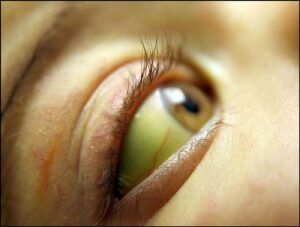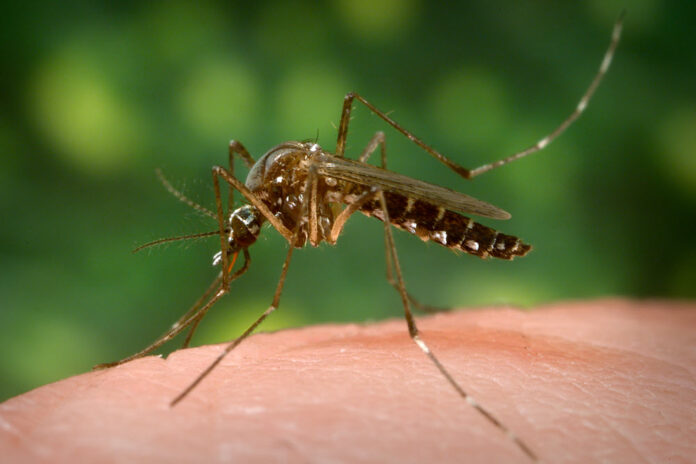Introduction
A viral illness known as yellow fever has had a serious effect on human societies for generations. This sickness, which has been around since the 17th century, has impacted millions of people all over the world. We will explore all facets of yellow fever in this blog post, including its history, symptoms, transmission, prevention, and current global situation. Join us as we investigate this interesting and occasionally fatal illness that has influenced how we view world health.
Historical Context.
Africa, where the virus has long been present in mosquitoes and monkeys, is where yellow fever first appeared. As European countries grew their empires and unintentionally spread the virus between continents through the slave trade, the illness rose to prominence during the colonial era. Around the world, there have been devastating outbreaks in places like the Americas, Africa, and Europe.
Symptoms and Pathogenesis.
A wide range of symptoms, from minor fever and muscular aches to severe jaundice and organ failure, are associated with yellow fever. The characteristic yellowing of the skin and eyes is caused by the virus’ primary liver target. Effective diagnosis and therapy depend on an understanding of the disease’s course and the consequences it has on the body.
Transmission and Vector Control.
The main method of spreading the yellow fever virus is by the bite of an infected mosquito, especially an Aides aegypti mosquito. Tropical and subtropical areas are where these mosquitoes thrive, putting many portions of Africa and the Americas vulnerable to outbreaks. The majority of the disease-control initiatives have been directed at reducing mosquito populations by genetic modification, breeding-site eradication, and insecticide spraying.
Impact on Global Health.
The effects of yellow fever on society and global health have been extensive. Economical, commercial, and even political stability have all been affected by outbreaks. In the middle of the 20th century, the first efficient yellow fever vaccine was created in response to the growing need for a vaccine to treat and prevent the illness.
Vaccination and Prevention.
Vaccination against yellow fever was a great advance in public health. Long-lasting protection is provided by the vaccine, which is created from a virus strain that has been compromised. Mass vaccination drives have been essential in stopping outbreaks and containing the disease’s spread. However, difficulties still exist in providing fair access to the vaccination, particularly in areas with few resources.
Current Global Scenario.
Although there has been a lot of success in containing yellow fever, the illness still poses a hazard in many regions of the world. There are still outbreaks, frequently in places where vaccination rates are poor. Since the surveillance and response systems have improved, outbreaks may now be quickly identified and contained. However, continual initiatives are required to combat the disease and any new problems.
Future Outlook.
There is hope for a world without yellow fever because to developments in medical science, technology, and international cooperation. To effectively manage any reappearance of the disease as we move forward, it’s critical to continue comprehensive vaccination programmers, invest in mosquito control measures, and strengthen healthcare systems.
Socioeconomic and Environmental Factors.
A variety of social and environmental factors have an impact on the spread of yellow fever. The environment for mosquito breeding and disease transmission can be made optimal by urbanization, population increase, and poor sanitation. The habitats of mosquitoes can also be altered by deforestation and climate change, potentially extending the geographic range of yellow fever. It is essential to address these issues if disease prevention and control are to be successful.
Lessons from Past Outbreaks.
Yellow fever epidemics throughout history have provided us with important lessons about the value of readiness and prompt action. Infrastructural improvements in public health, vector control methods, and the creation of global health standards have all been sparked by the devastating outbreaks in cities like Philadelphia and Rio de Janeiro. We can better understand the mechanisms of disease transmission and enhance our capacity to avoid and respond to future epidemics by examining prior outbreaks.
International Collaborations and Partnerships.
Due to the widespread effects of yellow fever, international partnerships and collaborations are required. Coordination of efforts to control and eradicate the disease has been greatly aided by organizations like the World Health Organization (WHO), the Pan American Health Organization (PAHO), and numerous national health organizations. These partnerships demonstrate how crucial it is to approach problems in global health from a common perspective.
Ethical and Social Considerations.
When administering vaccine campaigns in vulnerable populations, yellow fever control initiatives involve ethical and societal questions. The success of vaccination programmes can be impacted by factors like cultural attitudes, informed consent, and access to healthcare. Building trust and guaranteeing the efficacy of interventions require an understanding of and respect for the cultural context of the affected populations.
Conclusion.
The intricate interplay of historical, scientific, social, and environmental elements that shaped the influence of yellow fever on world health continues today. We may work towards a world in which yellow fever is condemned to the annals of history by tackling these numerous issues through international collaboration, inventive research, equal access to healthcare, and community engagement. Our combined efforts will determine whether yellow fever is a global health issue or a success story of human ingenuity and tenacity as we move forward.




























